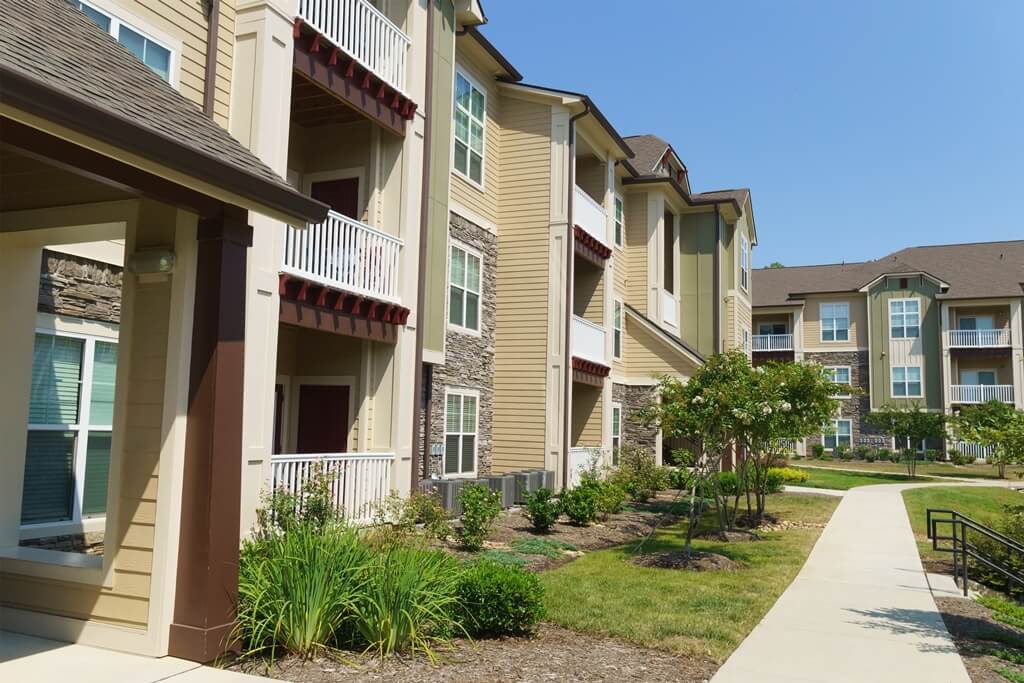Rents are forecasted to increase by 2 percent nationally over the next year, but growth will be moderate based on the increases in supply and the lack of affordable housing in high-cost metros.
Throughout 2017, the multifamily market went up against slowing rent growth due to over development and occupancy levels starting to decrease. According to Yardi Matrix’s Winter 2018 U.S. Multifamily Outlook, there is still room for growth, but it will be at a slower pace for the next 18 to 24 months.
The demand for multifamily isn’t going away, as the main renting ages of 20 to 34 years old continue to increase, as does the amount of retirees who plan on downsizing from owning homes to renting in a community. Household growth is forecasted at one million per year for the next few years, and the demand for rentals will be backed by urbanization and social evolution, such as fewer drivers on the road.
The economy is expected to continue growing, according to the report, with potential for upside from the passed tax reform bill that is set to lower tax rates and encourage investment. Rents are forecasted to increase by 2 percent nationally over the next year, but growth will be moderate based on the increases in supply, especially in the luxury market, and the lack of affordable housing in high-cost metros.
Roughly 300,000 units came online in 2017 and this year is set to hit its peak at 360,000 deliveries. Last year was slower than expected due to the shortage of construction workers in the delivery pipeline, which in turn lengthened the development period for many projects. As for equity and debt markets, property sales have slightly declined for two straight years due to buyers questioning how long the fundamentals cycle will last. That being said, there is no shortage of capital for reasonably priced properties and debt availability is still strong, with Fannie Mae and Freddie Mac having the potential to hit another year of record lending in 2018.


